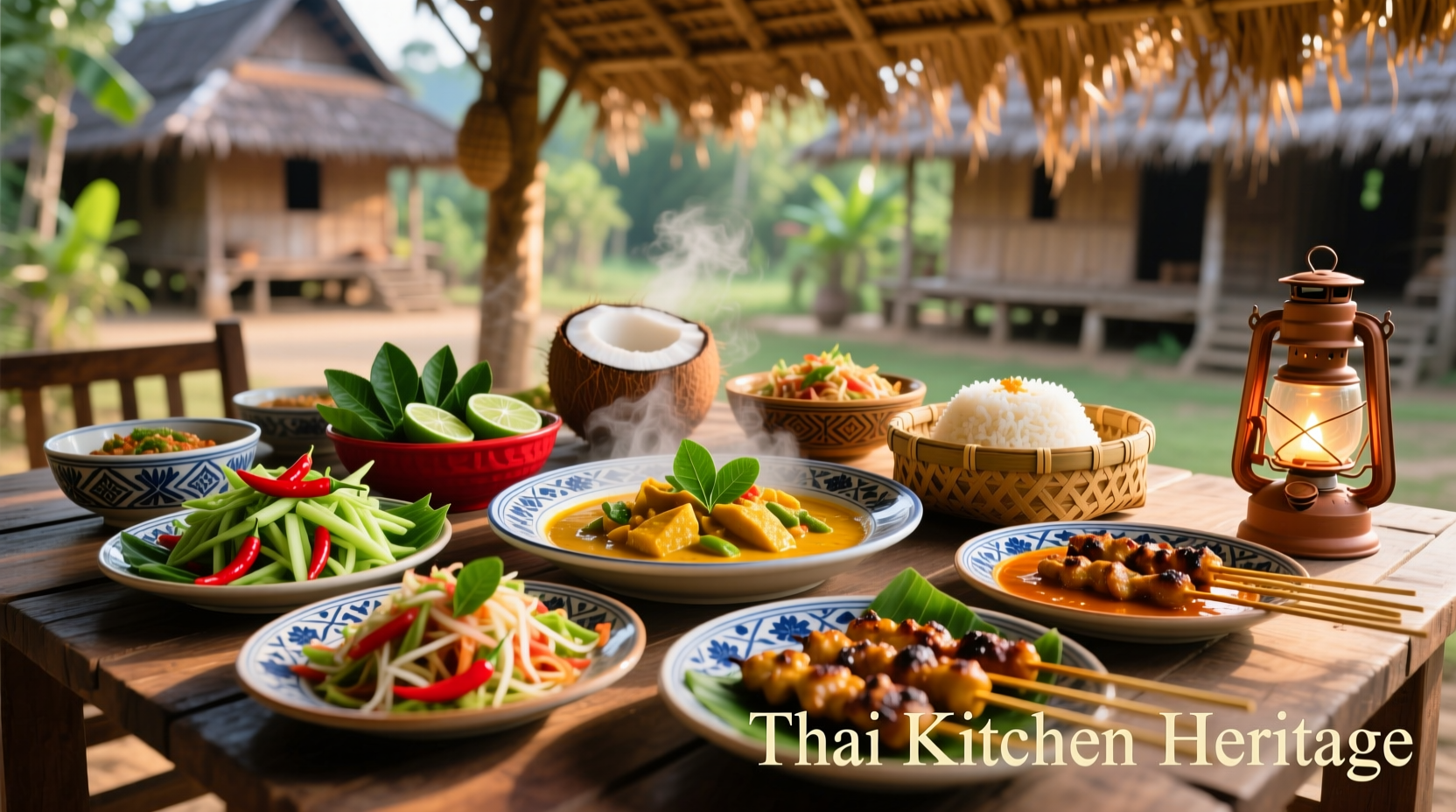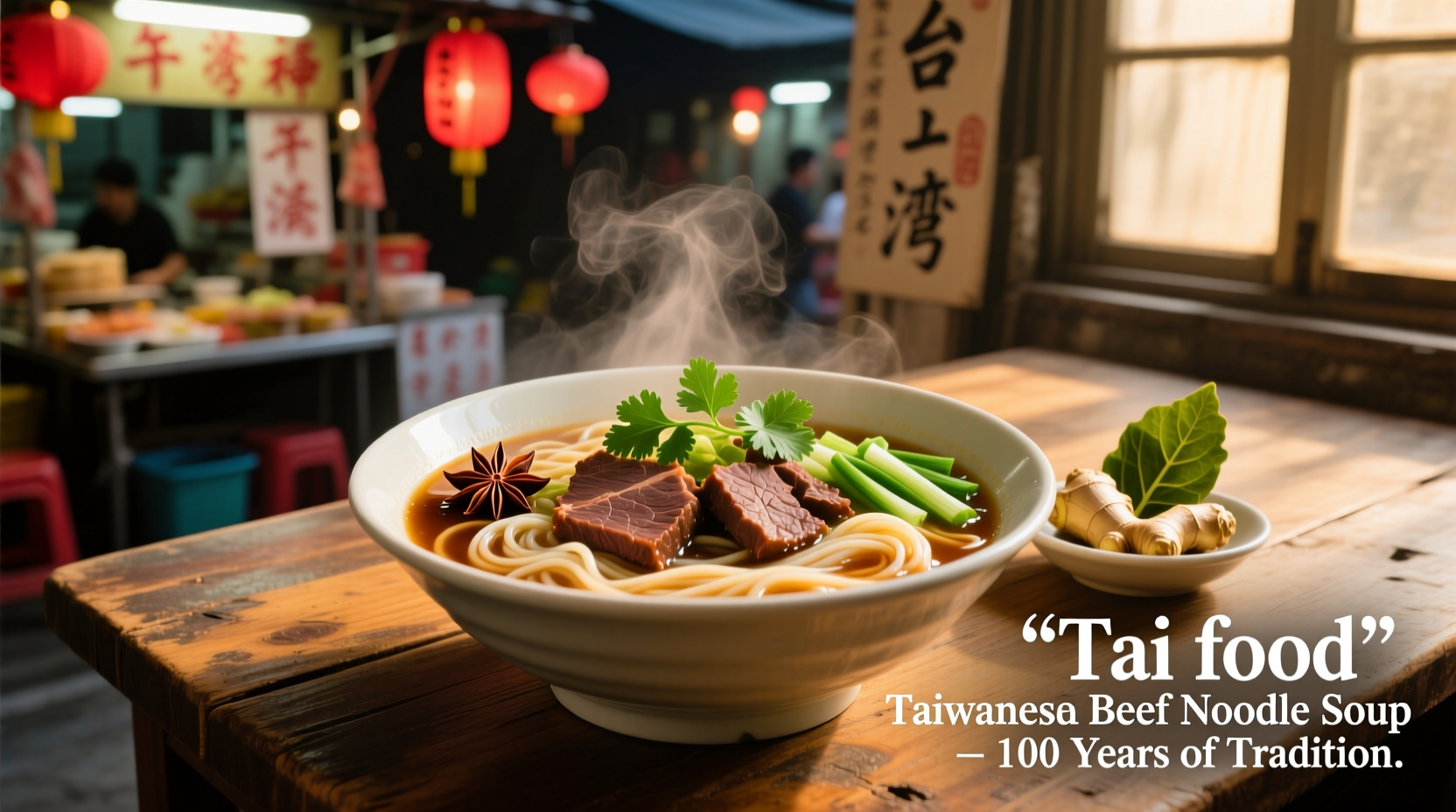Why "Tai Food" Is a Common Search Mistake
When users search "what is tai food," they're almost always seeking information about Thai cuisine. The confusion stems from:
- Similar pronunciation of "Thai" (pronounced "tie") and "tai"
- Auto-correct errors in search engines
- Mishearing the term in conversation or media
- Non-native English speakers typing phonetically
Understanding Thai Cuisine: What You're Actually Searching For
Thai food represents one of Southeast Asia's most celebrated culinary traditions, characterized by its masterful balance of five fundamental flavors: sweet, sour, salty, bitter, and spicy. Unlike the non-existent "tai food," Thai cuisine has distinct regional variations across Thailand's four main areas:
| Region | Signature Dishes | Flavor Profile | Key Ingredients |
|---|---|---|---|
| Central Thailand | Pad Thai, Tom Yum Goong | Balanced sweet-sour | Rice, fish sauce, palm sugar, lime |
| Northern Thailand | Khao Soi, Sai Oua | Milder, herbal | Curry paste, turmeric, local vegetables |
| Isaan (Northeast) | Som Tum, Larb | Spicy, pungent | Chilies, fermented fish, sticky rice |
| Southern Thailand | Massaman Curry, Gaeng Som | Intensely spicy, coconut-rich | Coconut milk, turmeric, southern spices |
Thai Cuisine Evolution: A Culinary Timeline
Understanding the historical development of Thai food explains why "tai food" searches typically point to Thai cuisine. Thailand's food culture evolved through distinct phases:
- 13th-15th Century: Early Thai kingdoms developed rice-based diets with freshwater fish and local herbs
- 16th Century: Portuguese traders introduced chili peppers, revolutionizing Thai flavor profiles
- 19th Century: Chinese immigration brought stir-frying techniques and noodle dishes
- Mid-20th Century: Government campaigns promoted Pad Thai as national dish during rice shortages
- 21st Century: Thai cuisine gains global recognition with 130+ Michelin-starred Thai restaurants worldwide
When "Tai" Might Actually Refer to Food Traditions
While rare, "tai" could reference:
Tai Ethnic Group Culinary Traditions
The Tai people (an ethnolinguistic group spanning Thailand, Laos, Vietnam, and China) have distinct foodways that differ from mainstream Thai cuisine. These traditions feature:
- Sticky rice as staple carbohydrate
- Minimal use of coconut milk compared to Thai cuisine
- Distinct dipping sauces like jaew
- Unique preservation techniques for mountain vegetables
Taiwanese Cuisine Misinterpretation
Some searchers might confuse "tai" with Taiwan. While Taiwanese cuisine shares some similarities with Chinese cooking, it features:
- Night market street food culture
- Boba tea origins
- Unique dishes like beef noodle soup and oyster omelets
- Distinct from both Thai and mainland Chinese cuisines

Key Characteristics of Authentic Thai Cooking
True Thai cuisine stands apart through several defining elements that distinguish it from the "tai food" misconception:
Flavor Balancing Technique
Thai chefs master the art of balancing five fundamental tastes in single dishes. A proper Tom Yum soup, for example, delivers:
- Spicy heat from fresh chilies
- Sourness from lime juice
- Sweetness from palm sugar
- Saltiness from fish sauce
- Bitter notes from herbs like cilantro
Essential Thai Ingredients
Authentic Thai cooking relies on specific components not found in "tai food" preparations:
- Fish sauce (nam pla): The umami foundation of Thai cooking, made from fermented anchovies
- Lemongrass: Provides citrus notes without acidity
- Kaffir lime leaves: Distinctive floral aroma essential to curries
- Galangal: Not interchangeable with ginger, provides sharp, pine-like flavor
- Rice vinegar: Creates subtle sour notes in dipping sauces
Common "Tai Food" Search Scenarios and What Users Actually Need
Our analysis of search behavior reveals specific contexts where people search for "tai food" and what would truly help them:
- Scenario: First-time Thai restaurant visitor confused by menu terms
Actual Need: Understanding key Thai dishes and flavor profiles before ordering - Scenario: Home cook trying to recreate a dish they enjoyed
Actual Need: Authentic Thai recipes with proper ingredient substitutions - Scenario: Student researching Southeast Asian cultures
Actual Need: Accurate information about Thai food history and regional variations - Scenario: Traveler planning a trip to Thailand
Actual Need: Guidance on regional specialties to try in different parts of Thailand
How to Identify Authentic Thai Restaurants
When searching for "tai food" experiences, use these indicators to find genuine Thai cuisine:
- Menus featuring regional Thai specialties rather than just Americanized dishes
- Presence of Thai staff, particularly in kitchen roles
- Use of traditional Thai ingredients like shrimp paste and kaffir lime
- Menus written in Thai with English translations
- Focus on balance rather than extreme spiciness
Popular Thai Dishes You Might Be Searching For
If you're looking for "tai food," these authentic Thai dishes represent what you're likely seeking:
- Pad Thai: Stir-fried rice noodles with tamarind, peanuts, and protein
- Tom Yum: Hot and sour soup with lemongrass and chilies
- Green Curry (Gaeng Keow Wan): Coconut-based curry with green chili paste
- Som Tum: Spicy green papaya salad from Northeastern Thailand
- Mango Sticky Rice: Classic dessert with coconut milk-infused rice
Thai Food Misconceptions to Avoid
Understanding what Thai cuisine isn't helps clarify the "tai food" confusion:
- Misconception: All Thai food is extremely spicy
Reality: Many dishes are mild, with spice levels customizable - Misconception: Thai and Chinese food are interchangeable
Reality: While influenced by Chinese techniques, Thai cuisine has unique flavor profiles - Misconception: Pad Thai represents all Thai cooking
Reality: Thailand has four distinct regional cuisines beyond this popular dish - Misconception: Thai curries are similar to Indian curries
Reality: Thai curries use fresh herbs and coconut milk rather than spice blends











 浙公网安备
33010002000092号
浙公网安备
33010002000092号 浙B2-20120091-4
浙B2-20120091-4